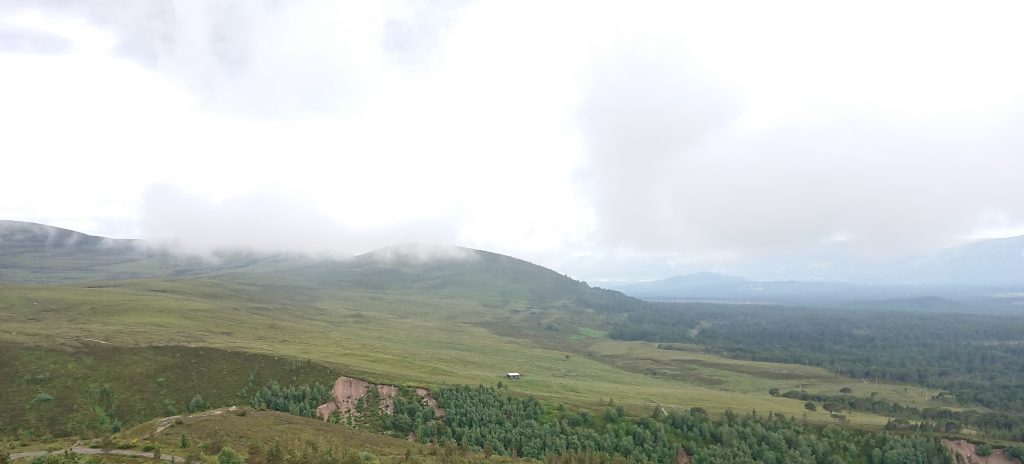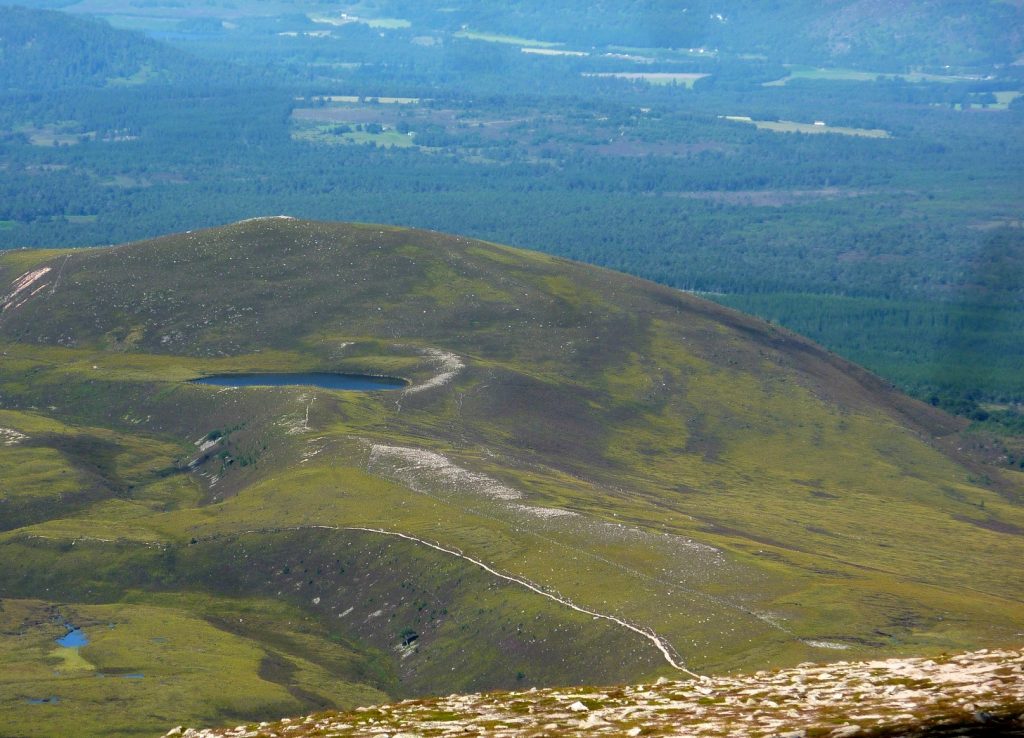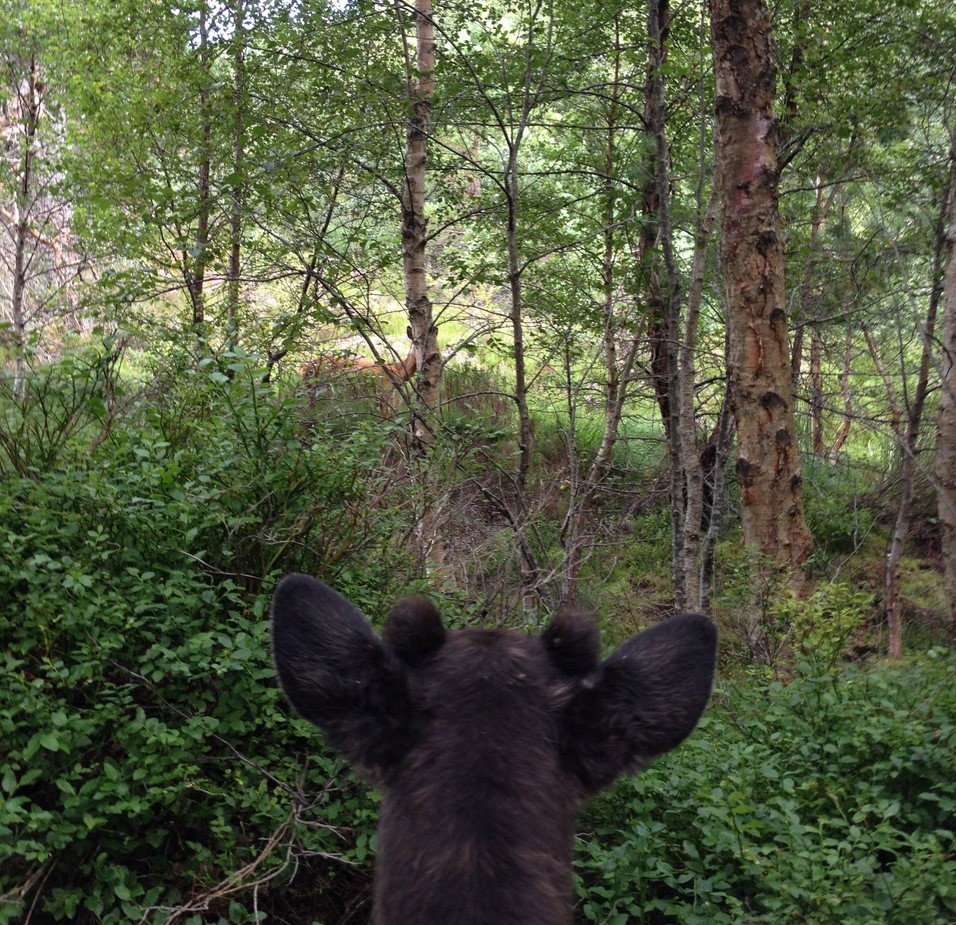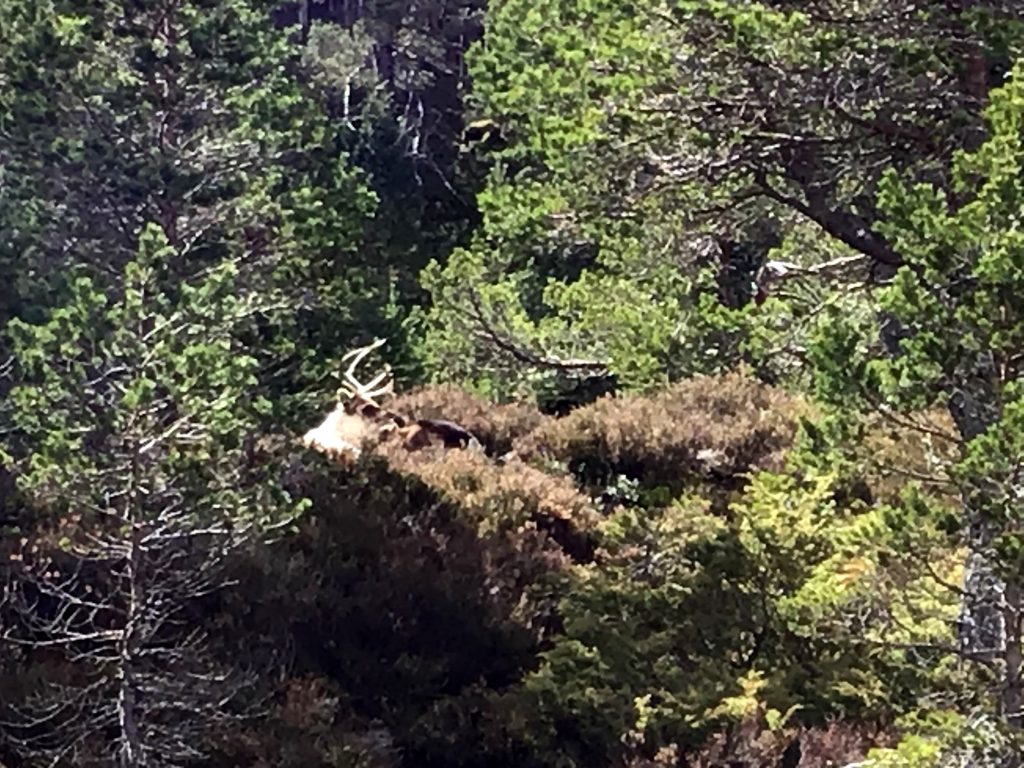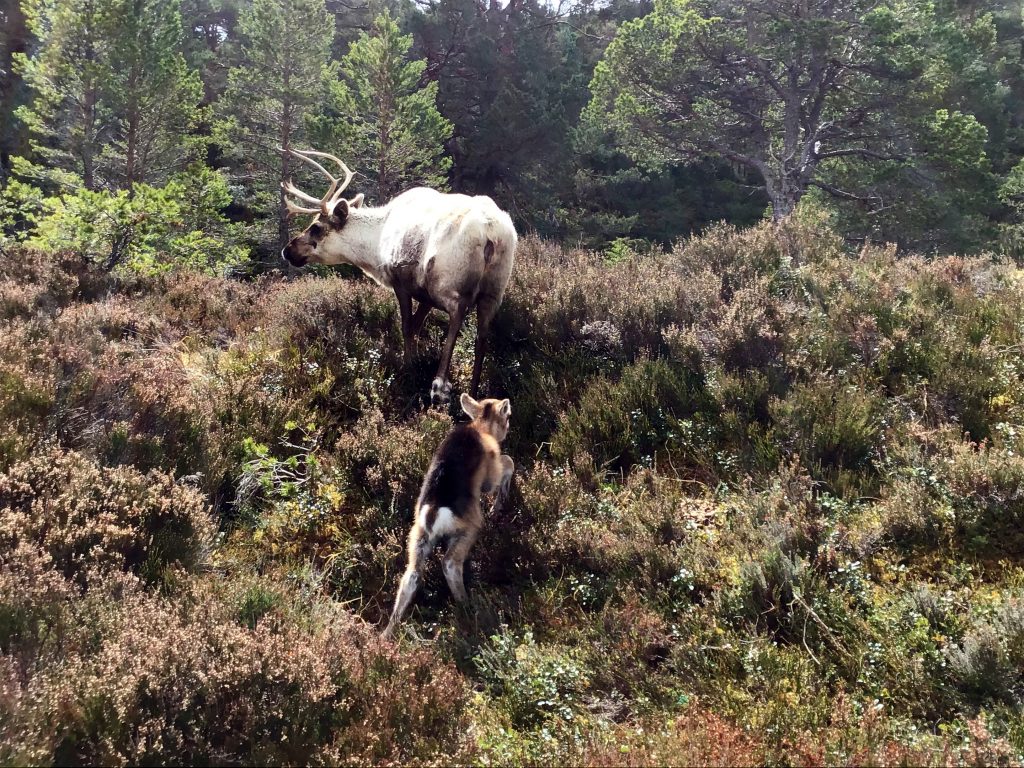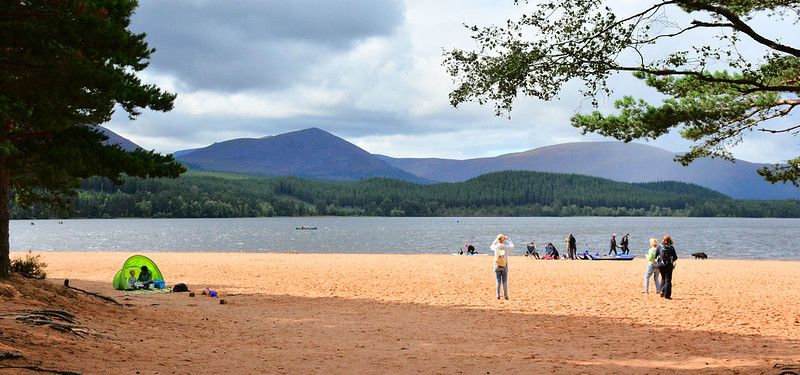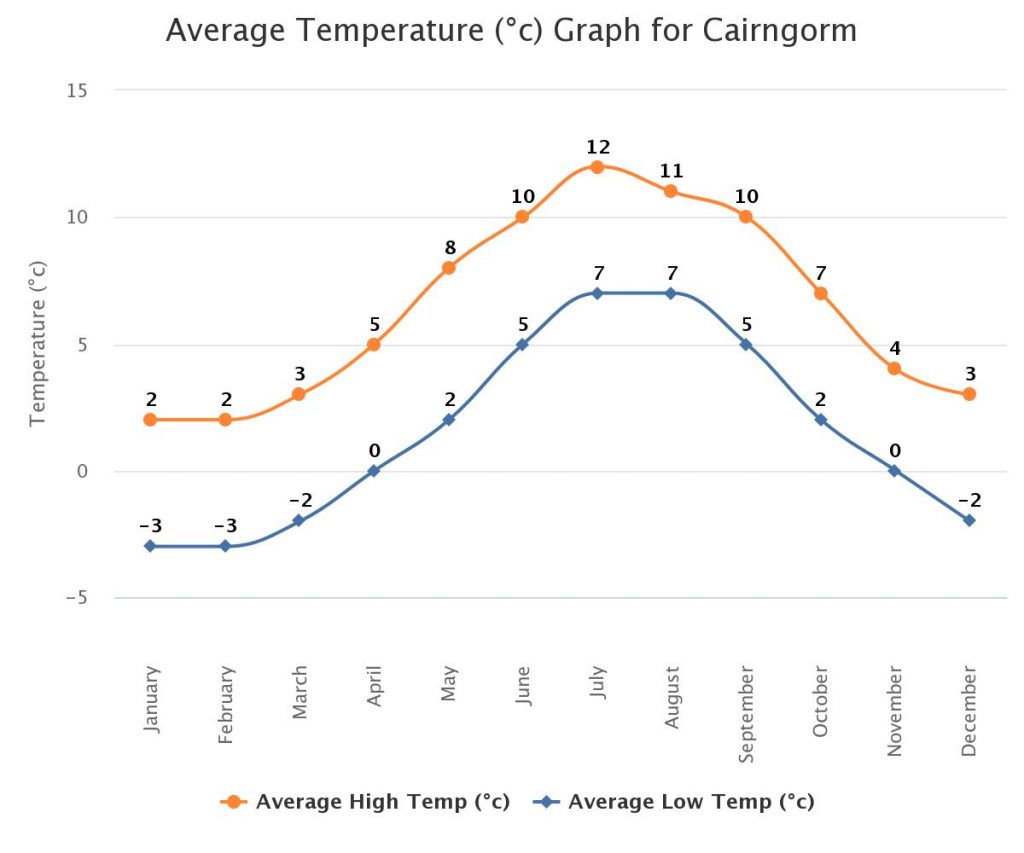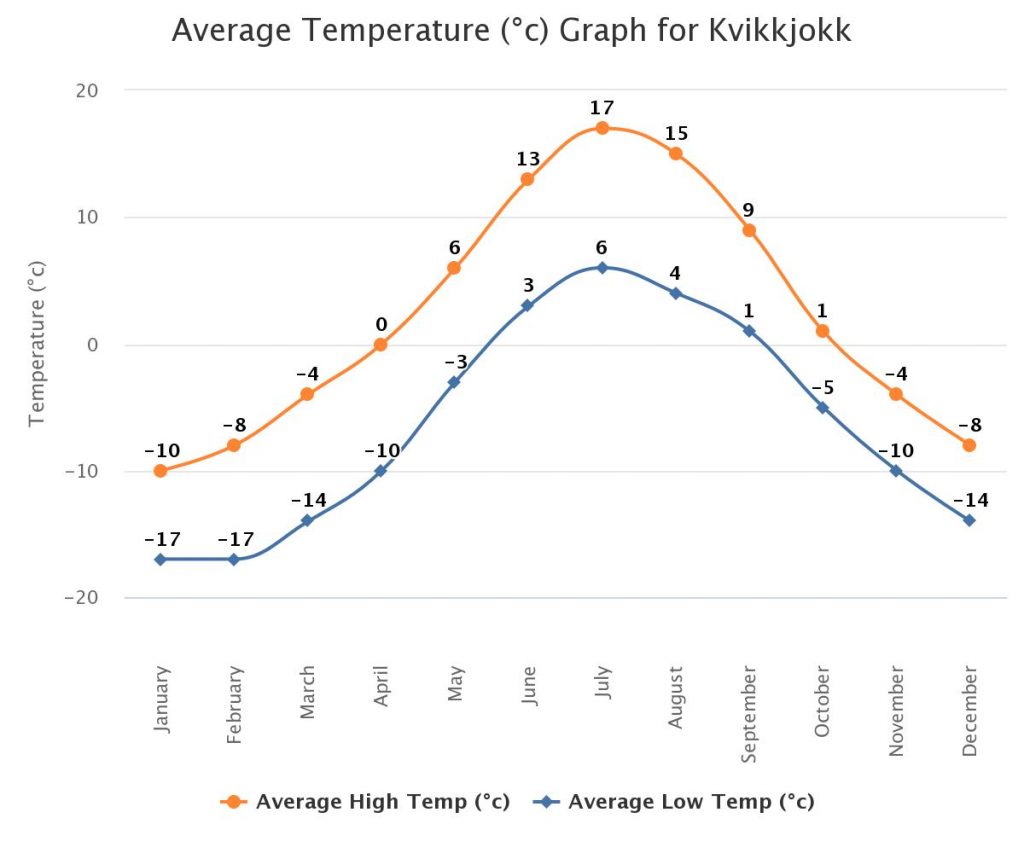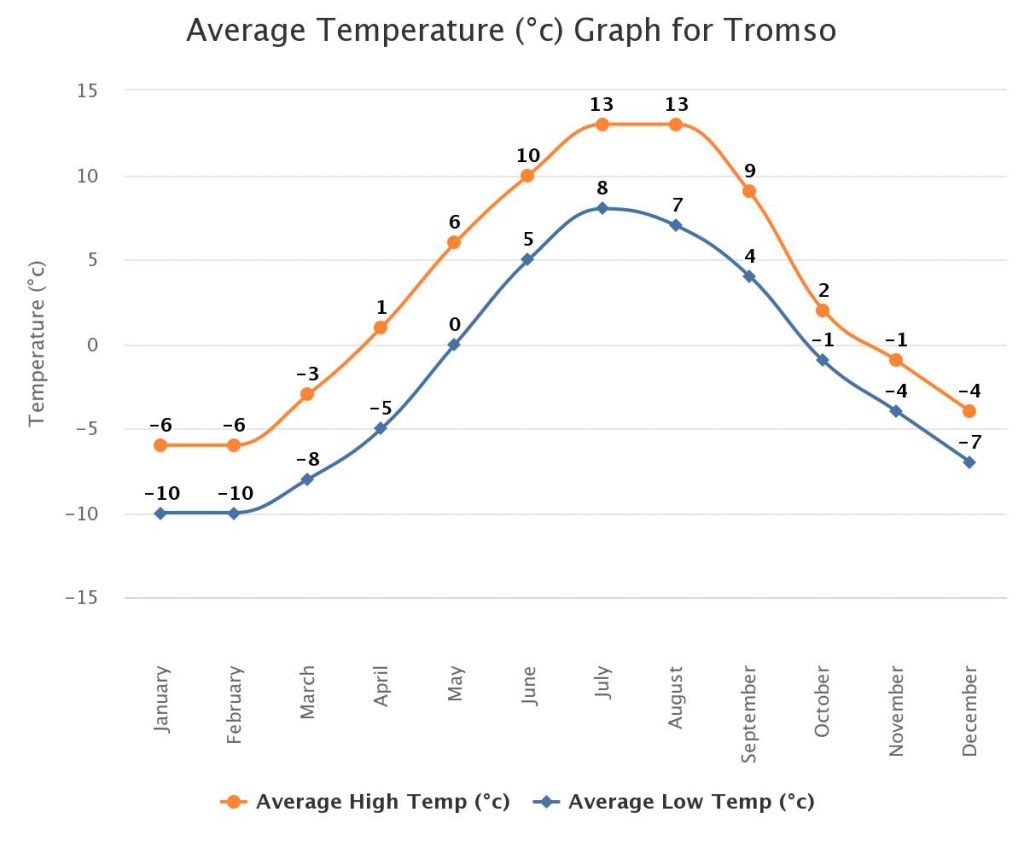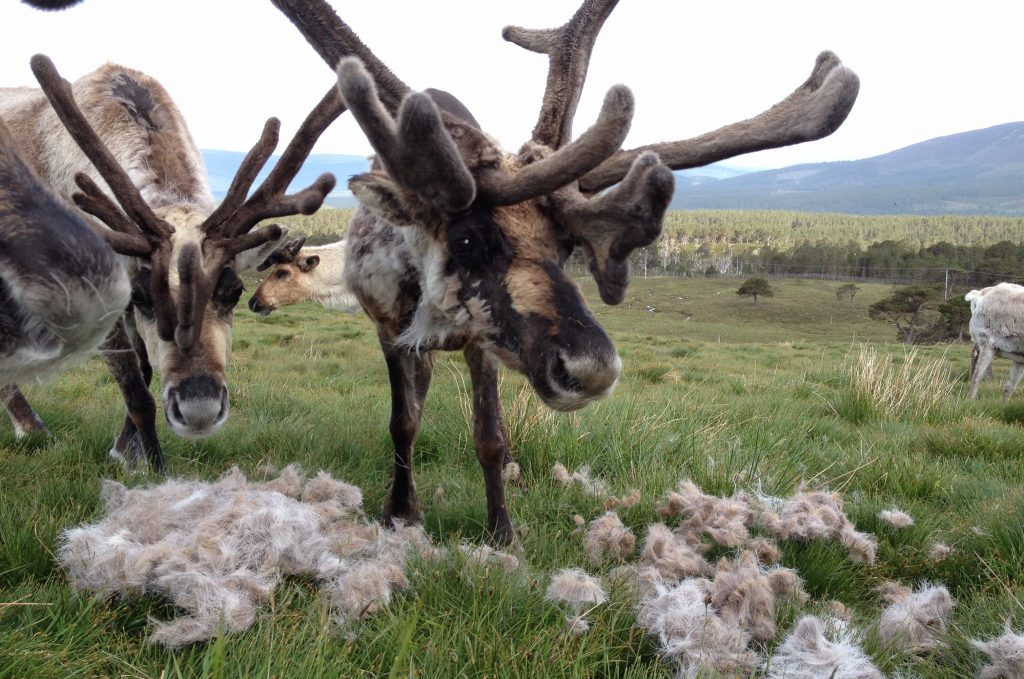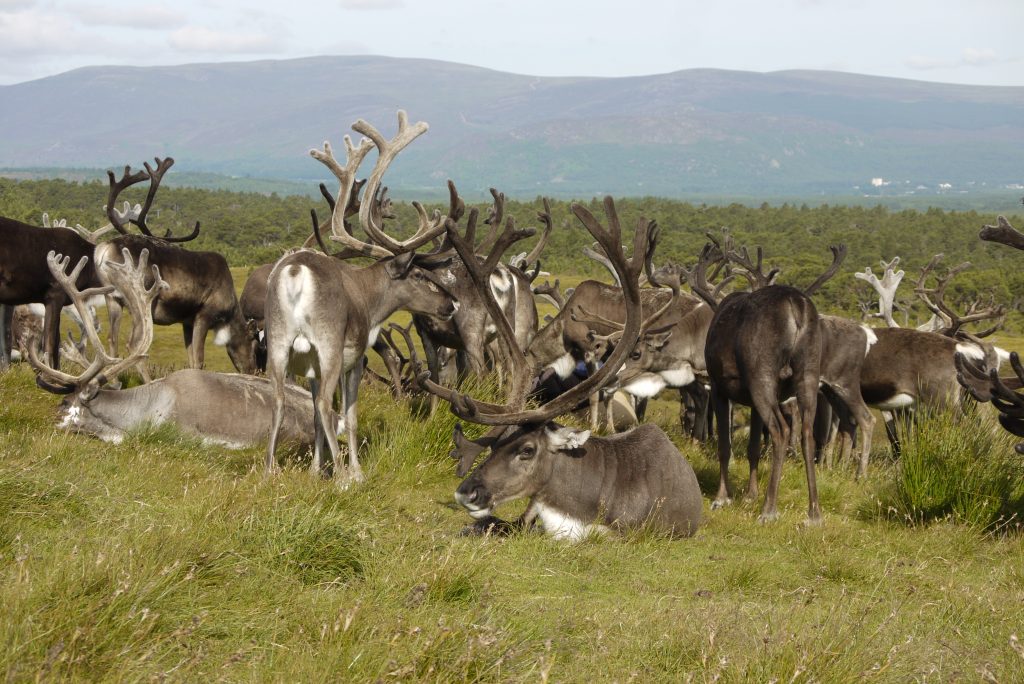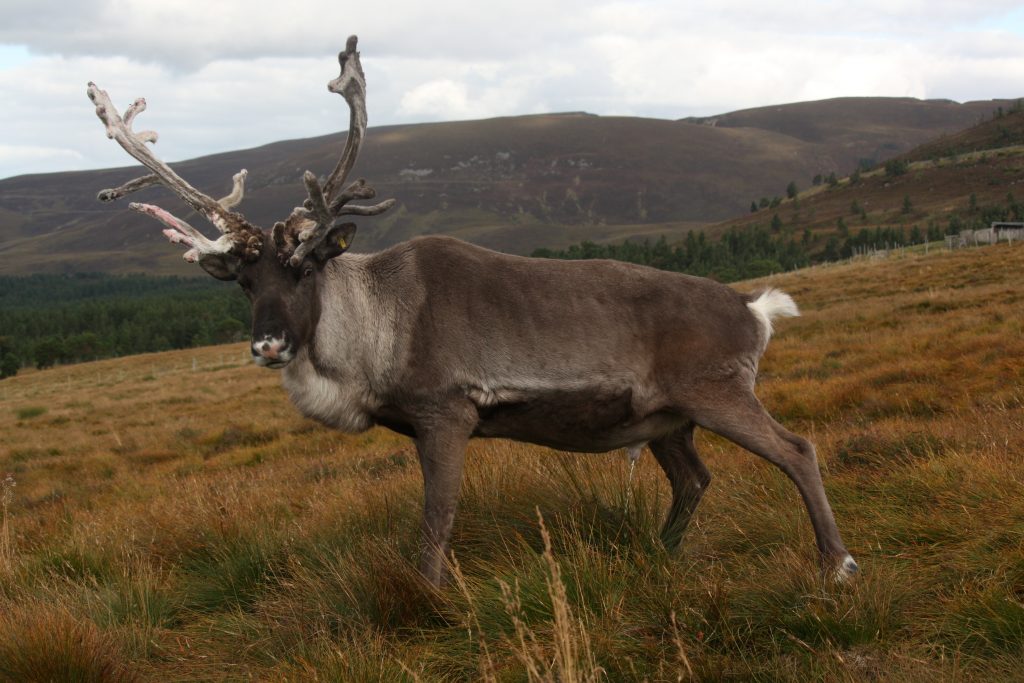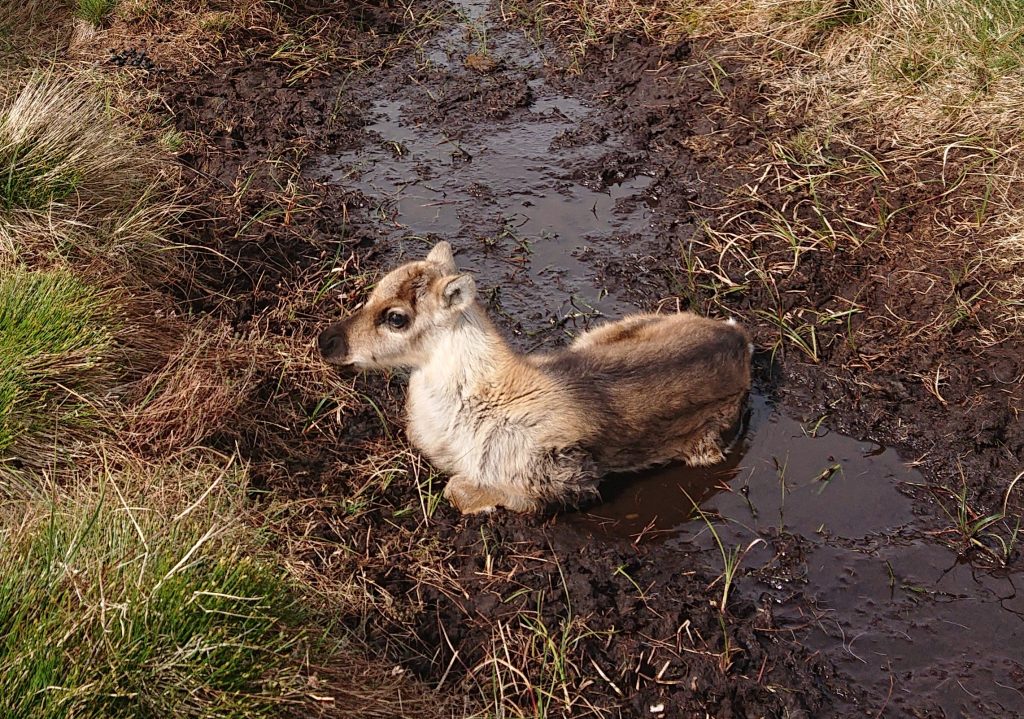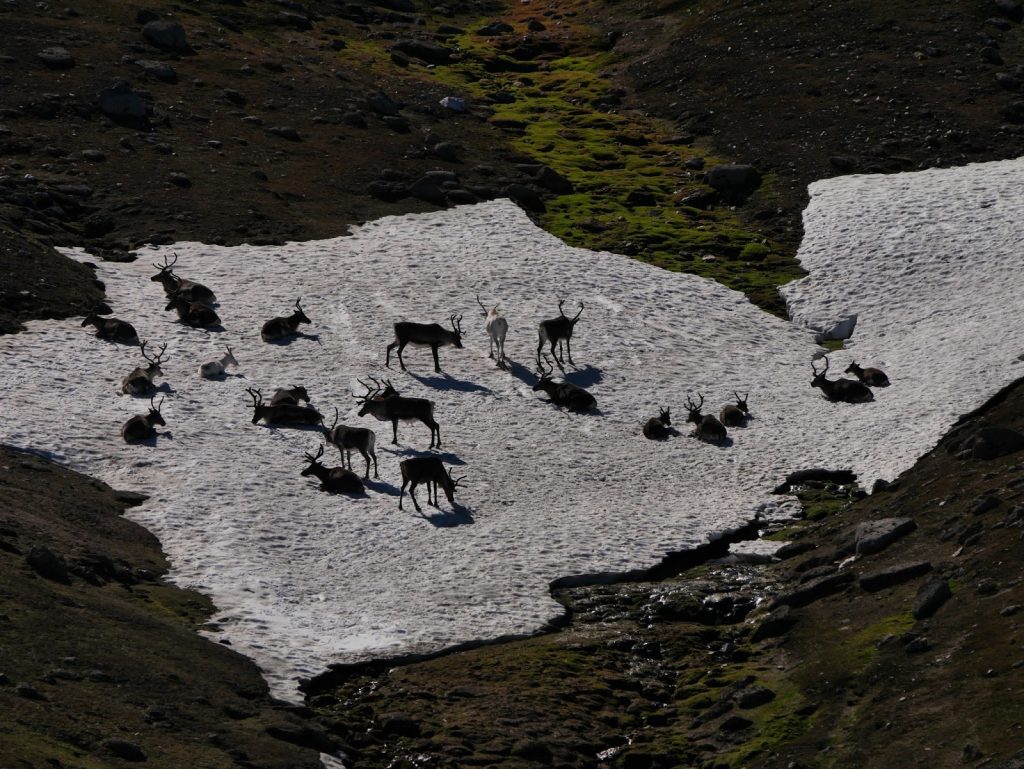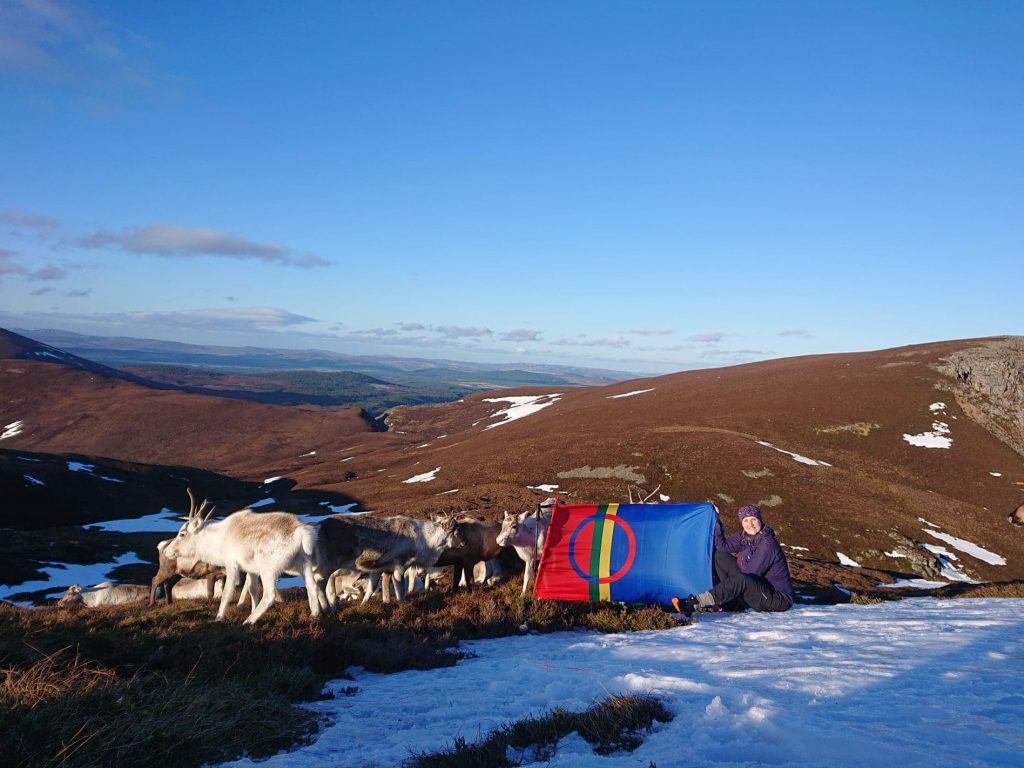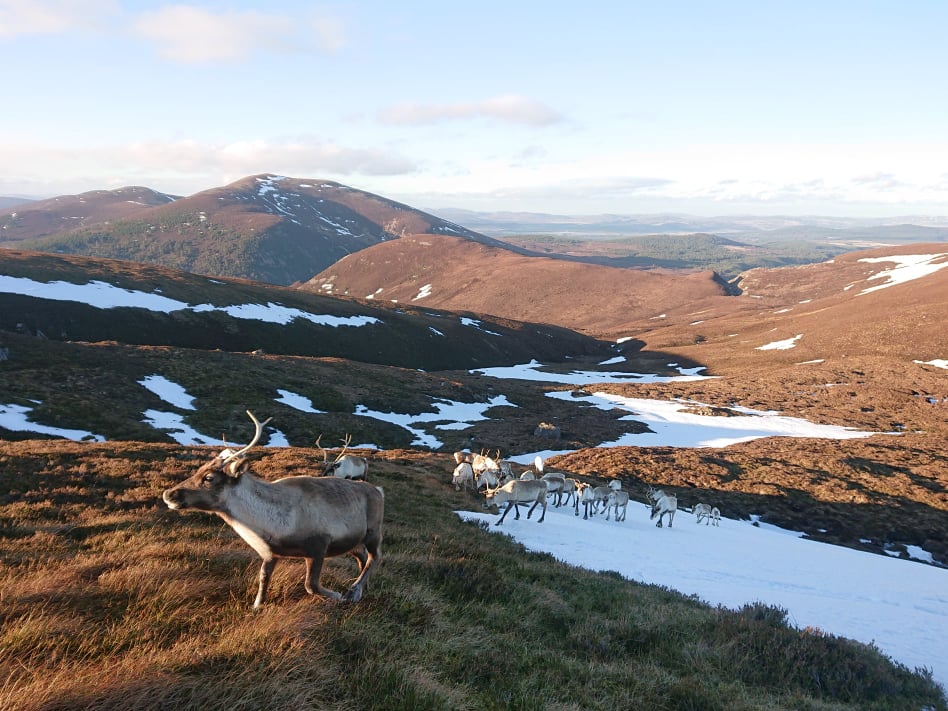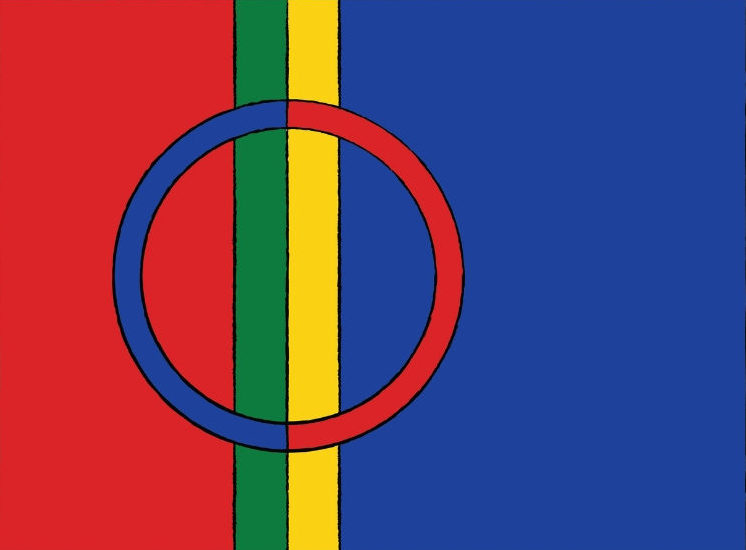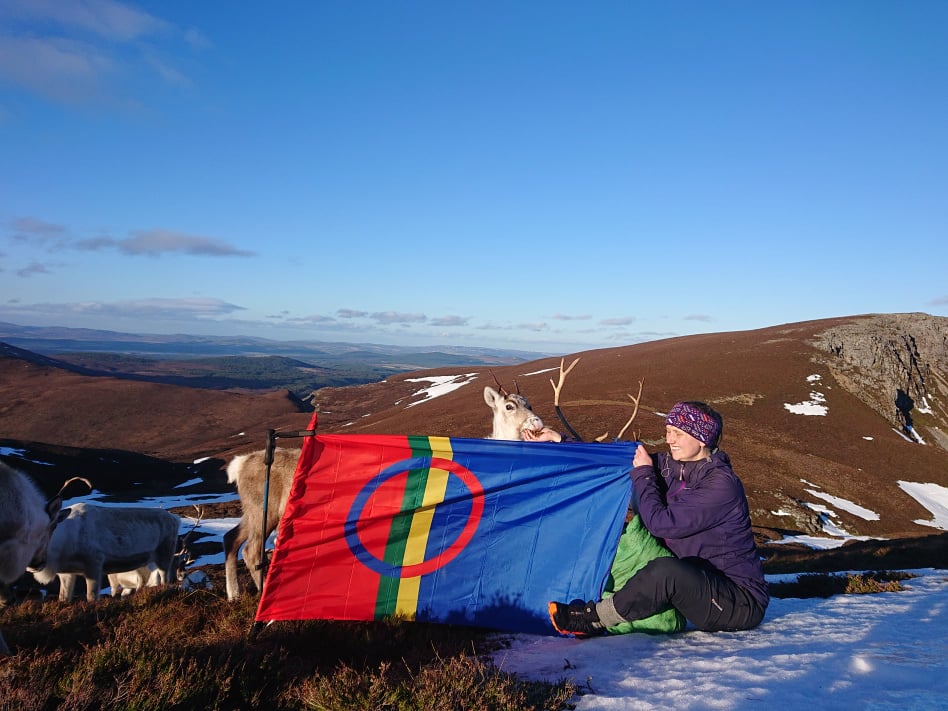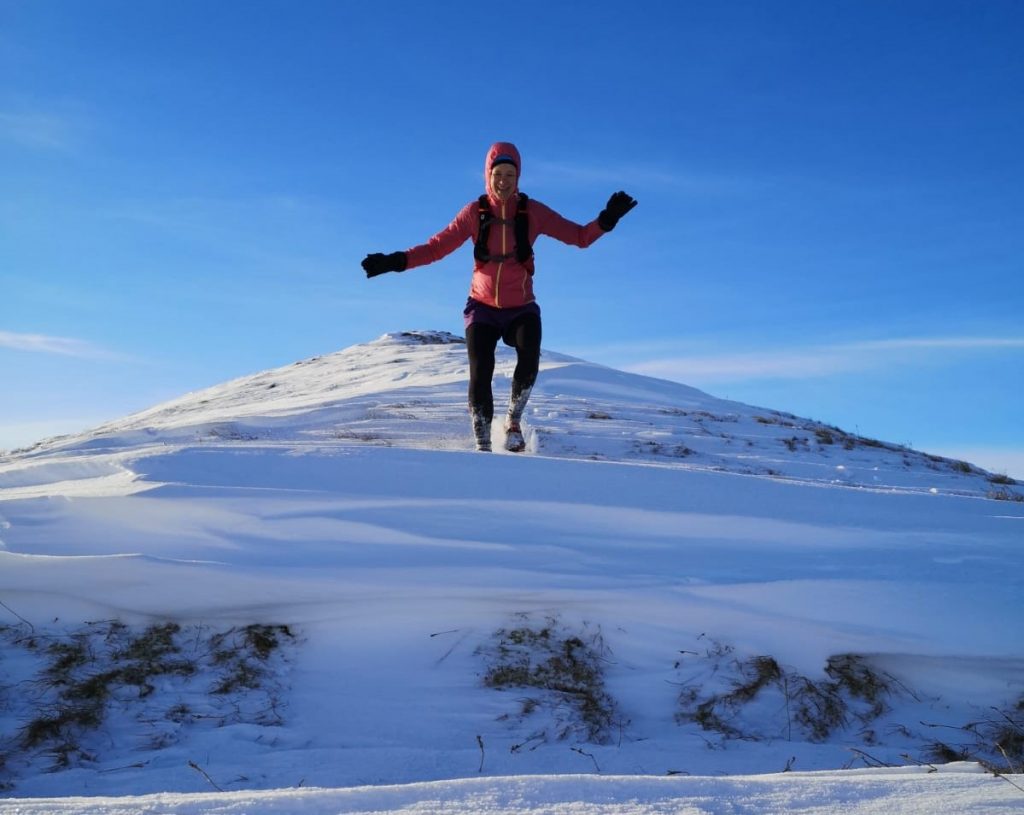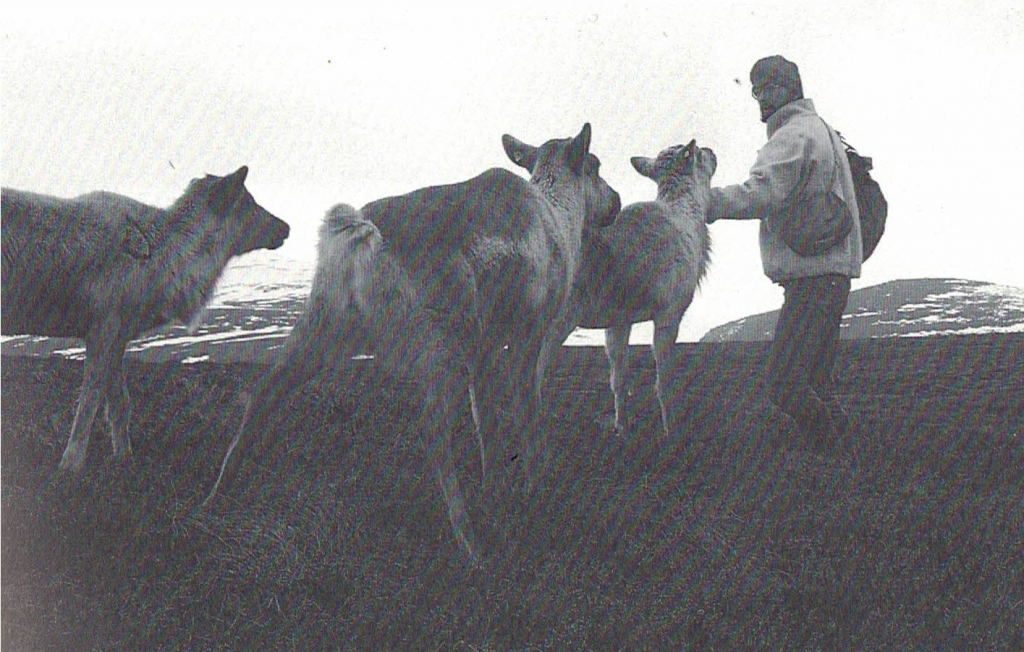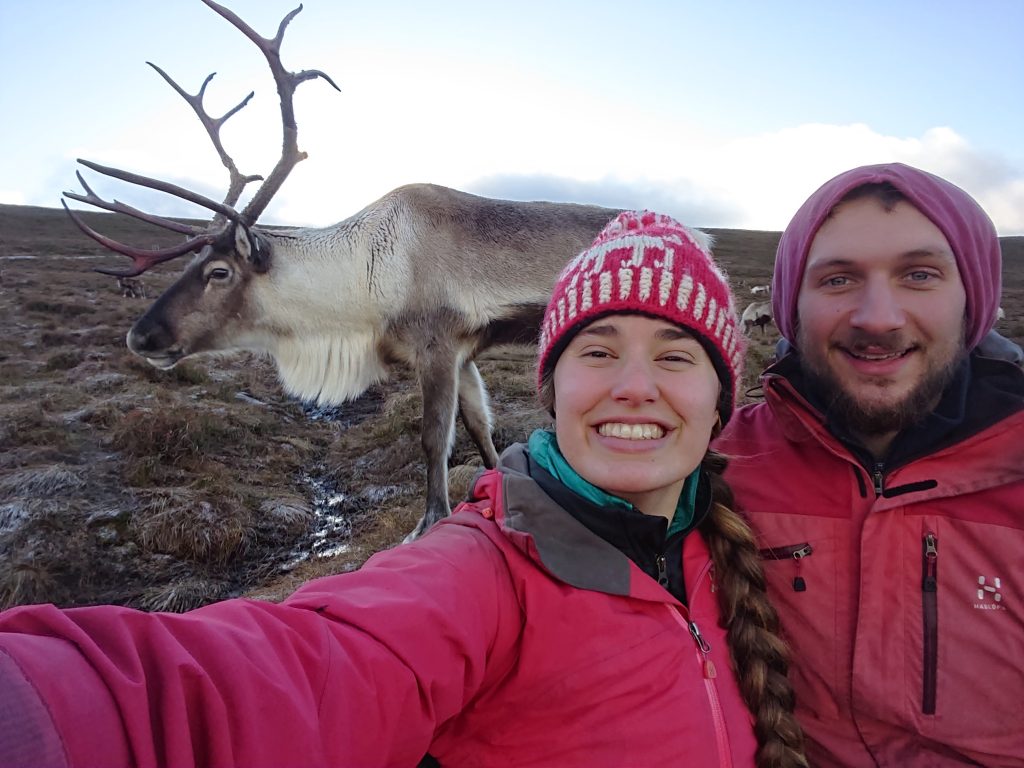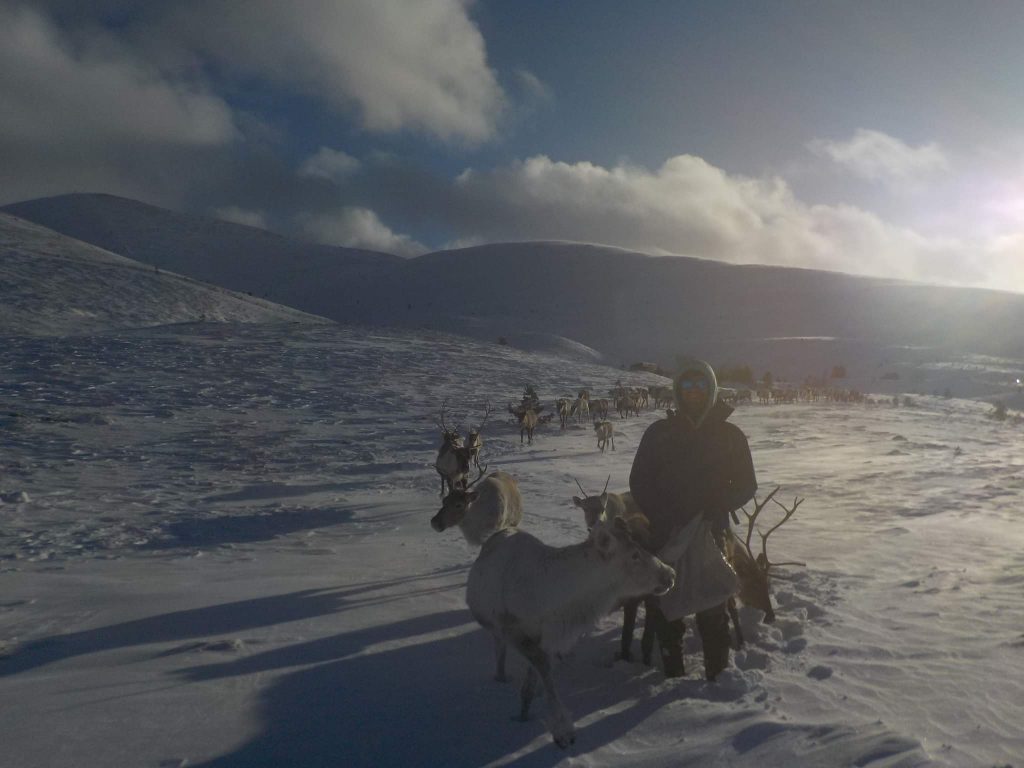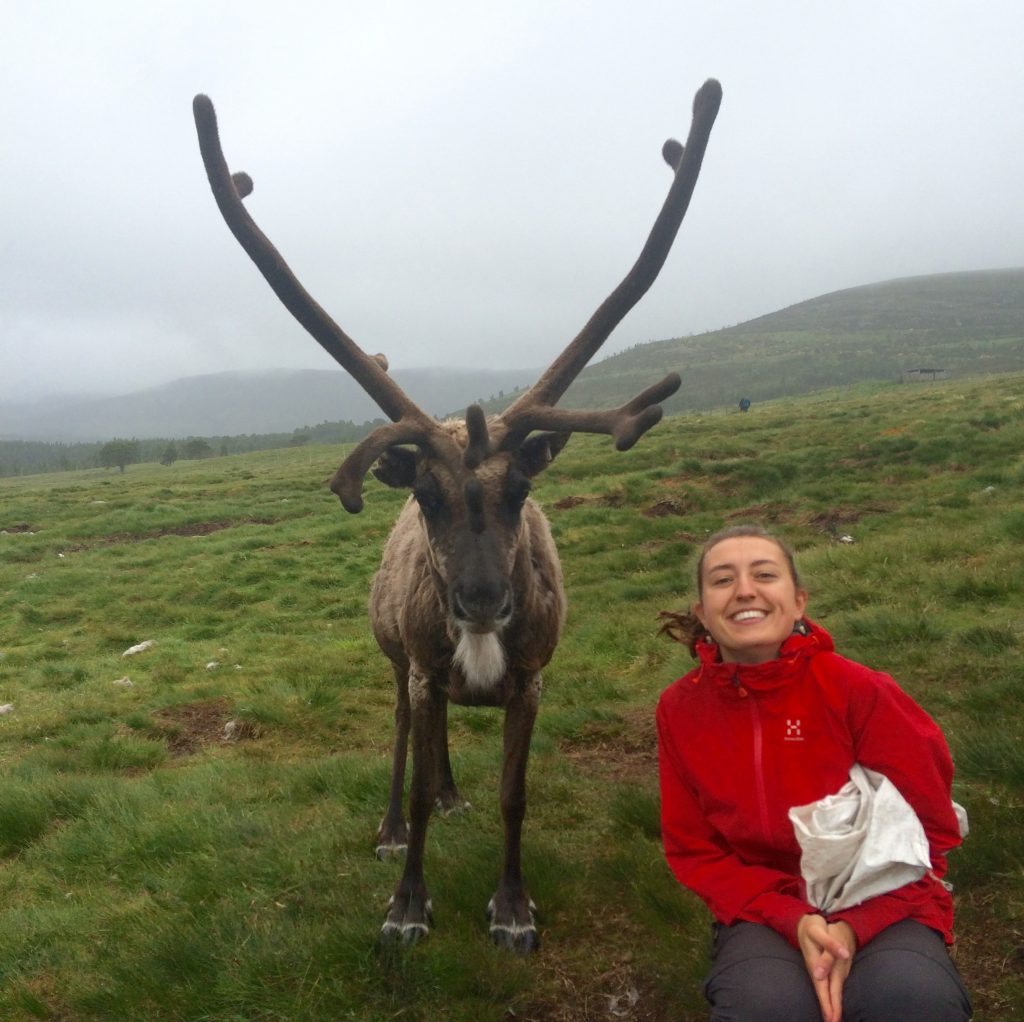Elvis is now 15 years old and our oldest male reindeer in the herd so it’s about time he gets some recognition. As a youngster he was a real ugly duckling. In fact I remember when we had a visit from some Sami (indigenous reindeer herders of Scandinavia) people back in 2007, they pointed at Elvis and said he was ‘bad stock’. His winter coat was very scruffy/mottled and being a teenager at the time he was tall and lanky so probably didn’t look like he was in good condition.
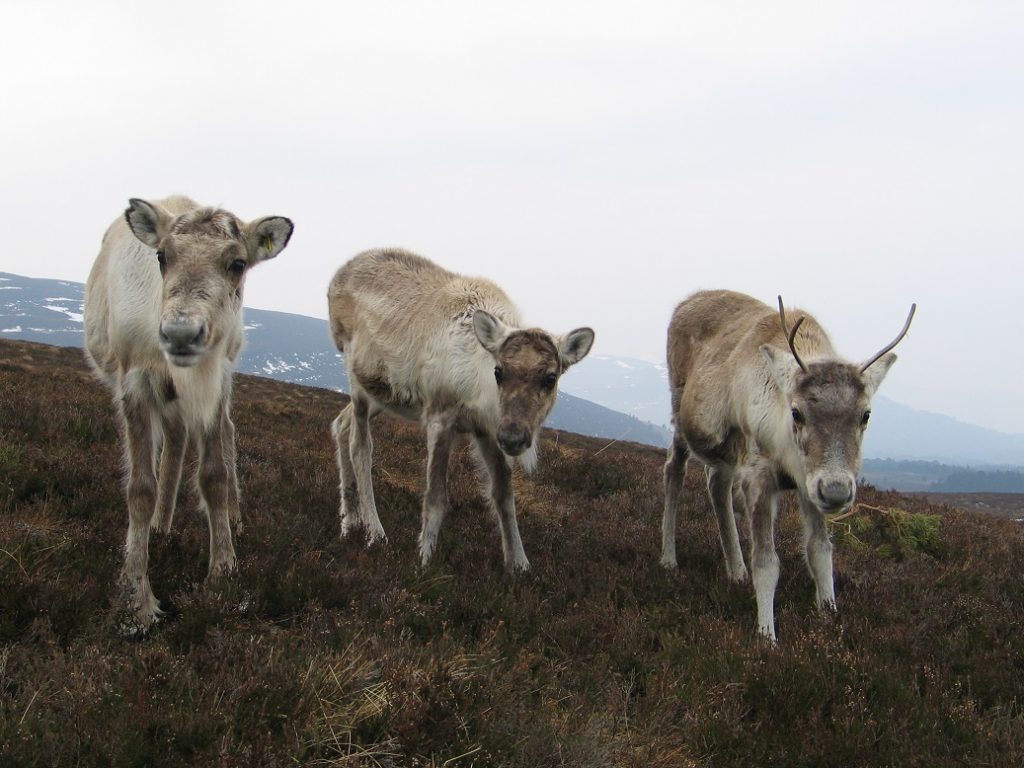
Boy did he prove them wrong as he went on to become a big and beautiful reindeer putting on good condition and growing lovely big antlers annually. For about 7-8 years he was one of our trusty go to Christmas reindeer during our Christmas tour in November and December each year. He visited the likes of Harrods in London taking part in their Christmas parade, Windsor Castle, even just our local schools and nurseries. He was always such a good role model to the younger, less experienced reindeer so us herders loved having him in our team. With such an iconic name he was popular with our visitors and the public on Christmas parades.
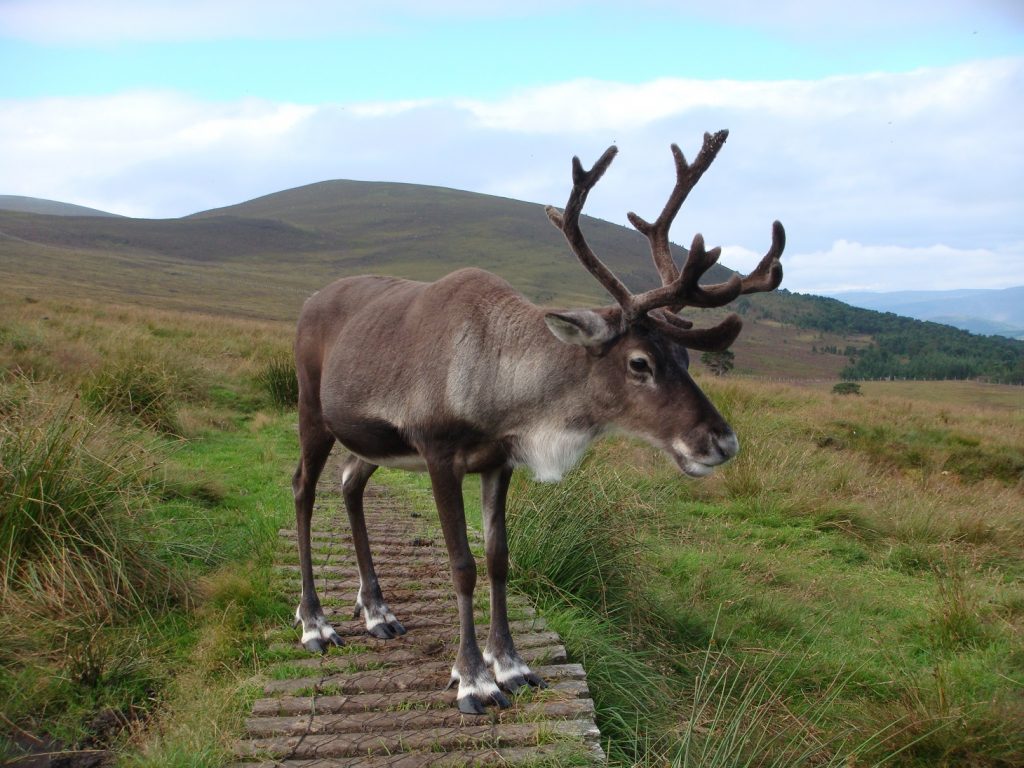
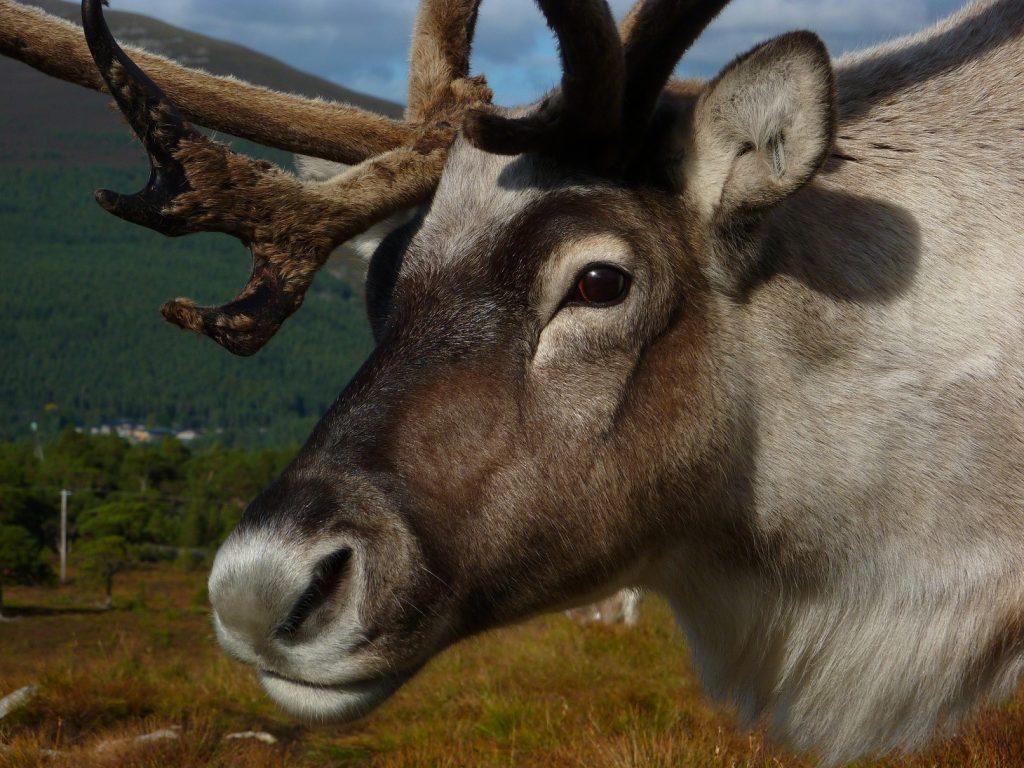
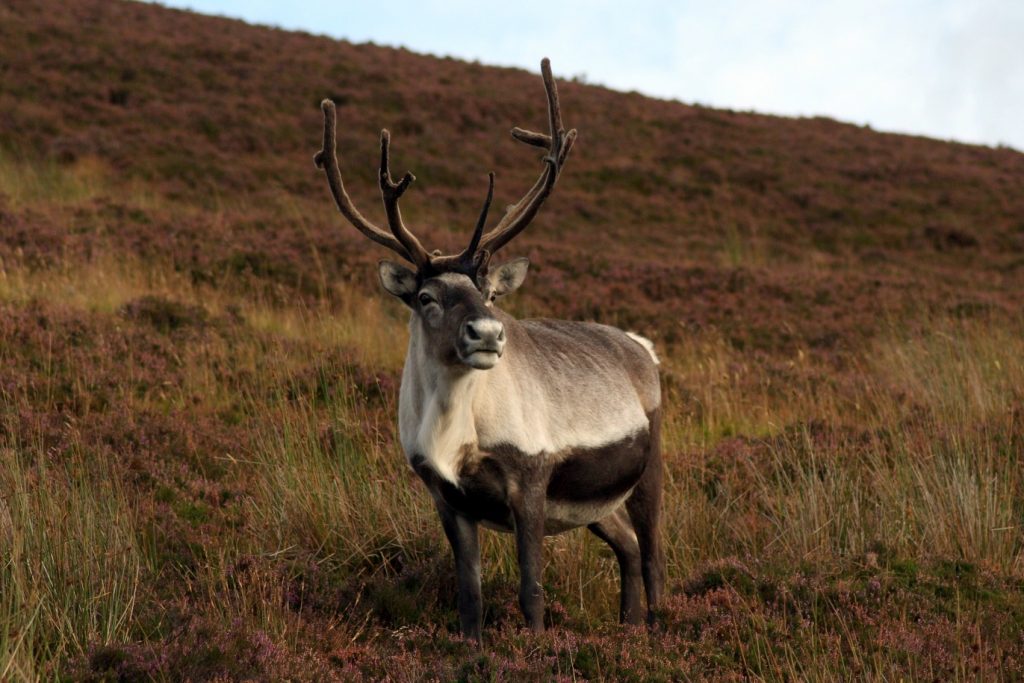
His mum, Esme, was a very lovely reindeer. She lived to a grand age and was always one of the first down for an easy feed when us herders were up on the mountain. His sister, Okapi, is still with us and she is 13 years old. He’s not from a very big family and Okapi doesn’t breed anymore so they are the last two in that line.
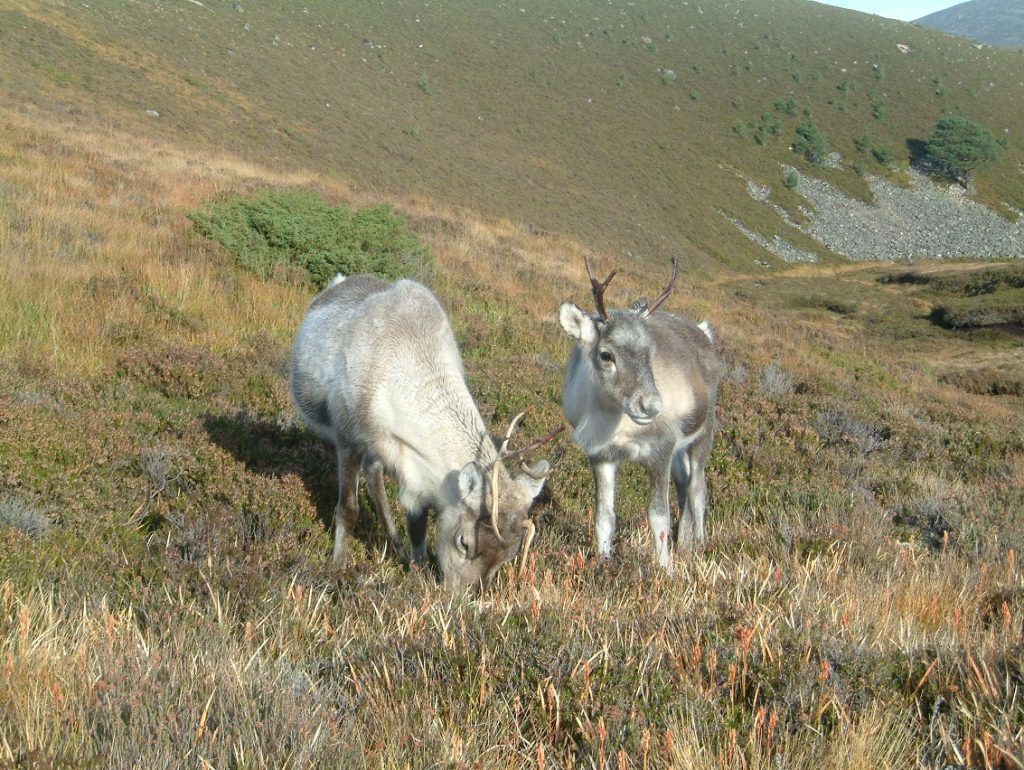
Elvis is well and truly retired now, and quite rightly so. He spends his winters with the herd free range on the Cromdale Hills where the lichen heath is fantastic. Come spring he is at our hill farm near Glenlivet where they go out to the hill each night and have access to a food filled shed during the day… life is pretty good for a farm reindeer! Recently he came over here to the Reindeer Centre to spend time in our paddock area for a few days while an adopter was visiting but at his age I’m sure he doesn’t want to spend too long in there so we were quick to put him back to the farm. He’s been there, done that. There is no need for him to perform to the crowds anymore, he can leave that to the younger reindeer.
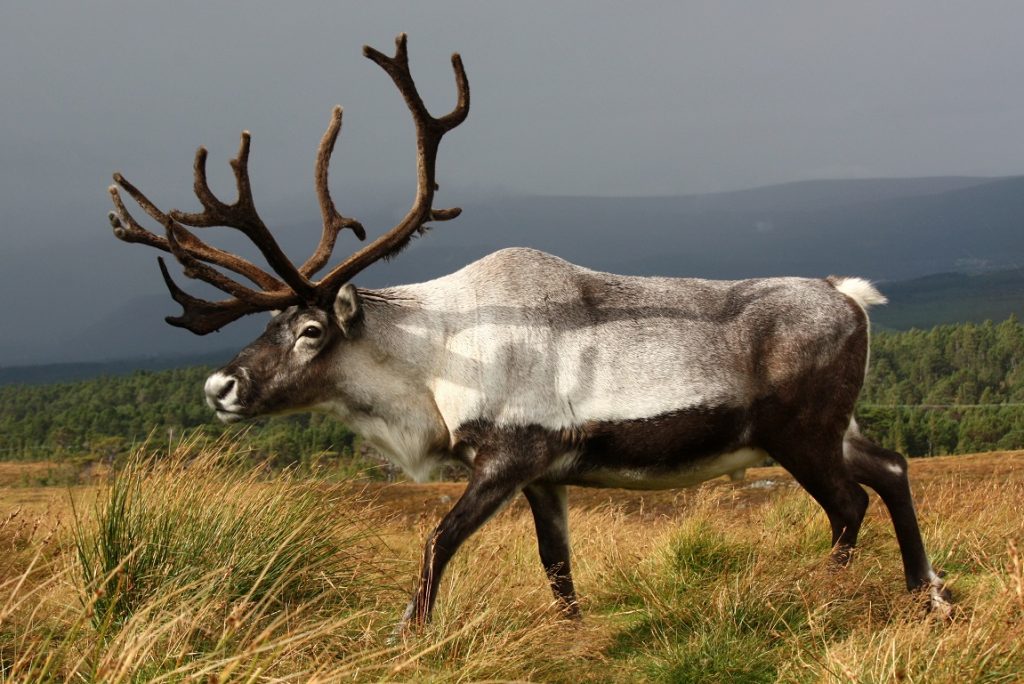
So we don’t know how much longer Elvis will be with us but his condition and antler growth this year is no different to the last few years. He can be a bit slower in the mornings, or a bit stiff when he gets up from lying down but that’s just like me and I’m only 34! For now though we will keep giving him extra lichen treats and keep him alongside the rest of the herd where he is happiest.
Fiona


